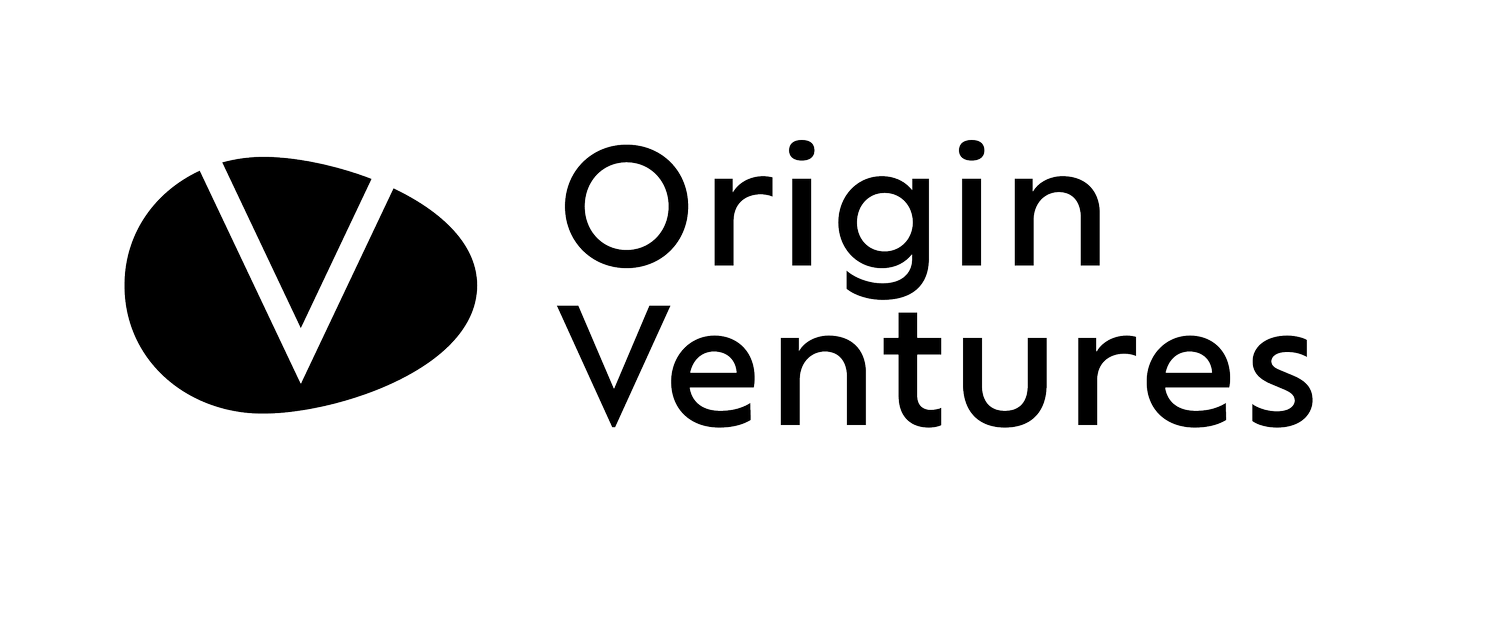Noted: More Dilution Awaits
Photo by Artem Beliaikin on Unsplash
Much has been written lately about the actual and anticipated decline in series A valuations. Most founders have accepted that the price of money and risk has shifted, and they are prepared for the forthcoming dilution to manifest in lower multiples.
What many founders and existing shareholders may not be considering is the impact of SAFEs or convertible notes on dilution. With rare exception, notes issued in the last decade have all had “caps.” More precisely, a valuation cap is a maximum valuation at which the note will convert into equity at the next qualified financing. Importantly, a cap is not a valuation. If the equity round is done at a lower price than the cap, the conversion of the notes occurs at that lower price. It’s similar to how full ratchet anti-dilution works.
Furthermore, if a note also has a discount, the note converts at a discount to the round price (or the cap, whichever is lower). So it’s possible that the valuation is below the cap and the notes convert at a discount (typically 10–25%).
Most founders and existing investors have modeled out cap tables assuming notes convert at the cap. That’s treating the cap as if it is a valuation. This assumption worked during the up markets we’ve experienced the last 12 years, but it is about to break. Another perspective: companies pre-sold equity at what they thought was a predetermined price…that is likely to be considerably lower.
Here’s an example. Let’s say a company issued $5M of notes at a $100M pre-money cap without a discount. It then raises a round of equity at $60M pre-money. Let’s assume the notes convert post-money. Isolating the effect of the additional dilution: the founder was considering the $5M to be 4.8% dilution ($5M/$105M post-money) but instead it’s 7.7% ($5M/$65M post-money). Ouch. The presence of a discount will exaggerate this difference! Three percent might seem small but that’s quite significant when you multiply it against a meaningful exit valuation.
The antidote to this latent potential dilution is to focus. Focus allows a company to stretch cash by aligning its team and cost structure with a smaller number of the most impactful initiatives. Easy to write, hard to accomplish. But if successful, it provides a company time to achieve the milestones that argue for higher valuations and get beyond the caps.

